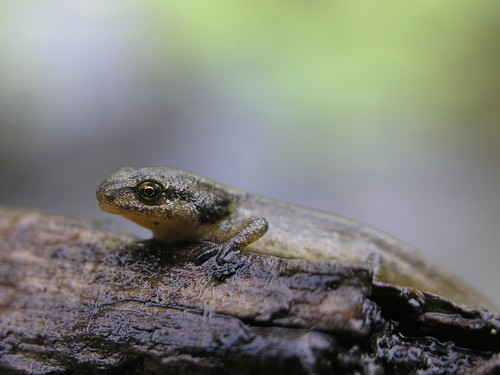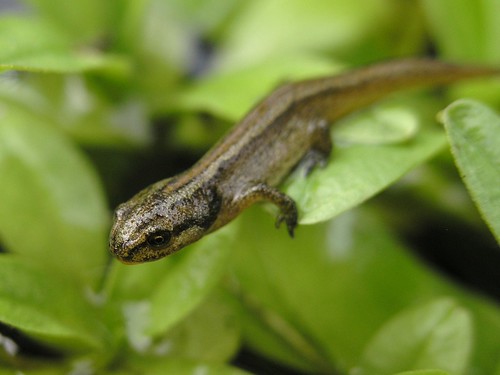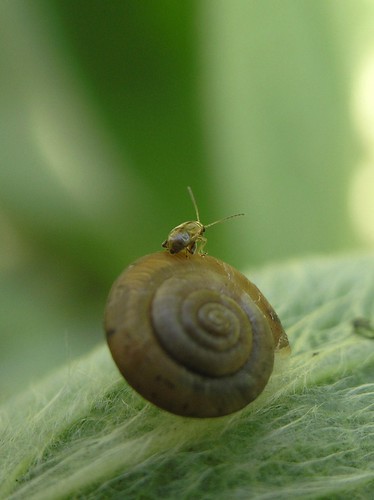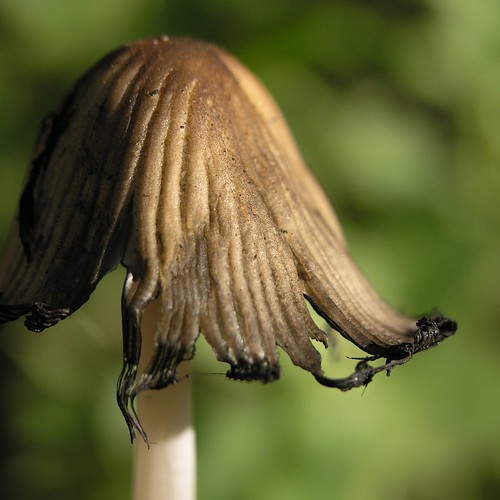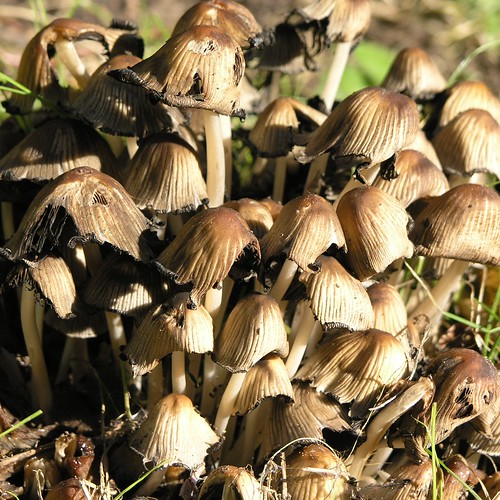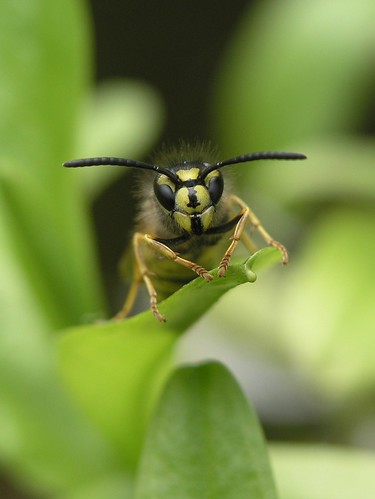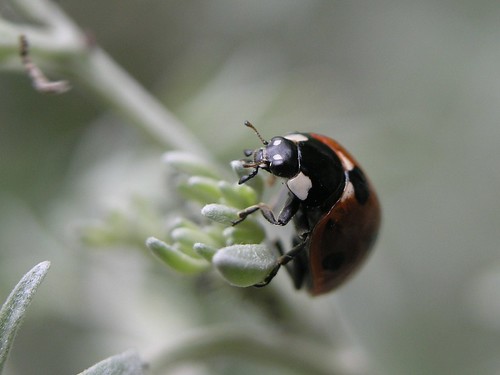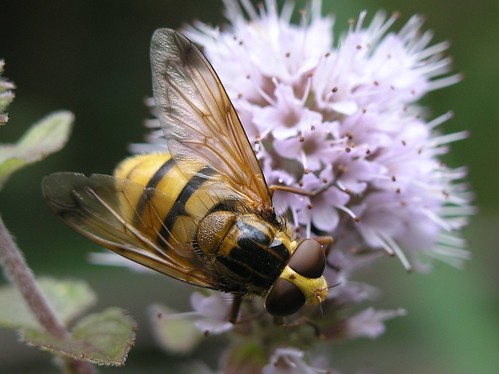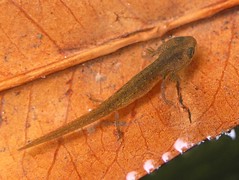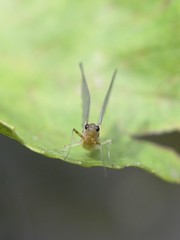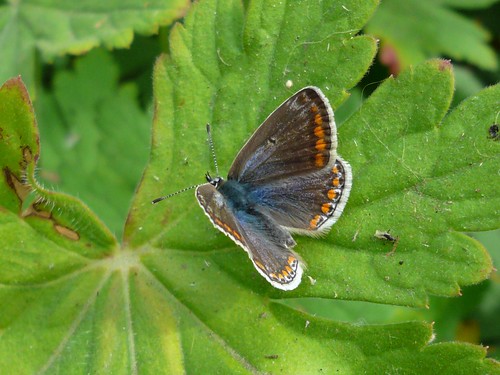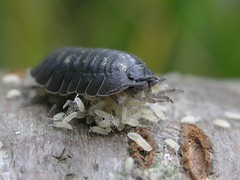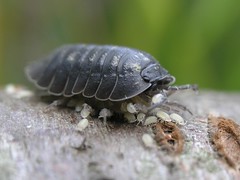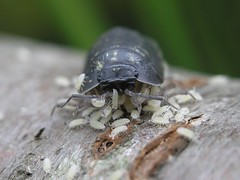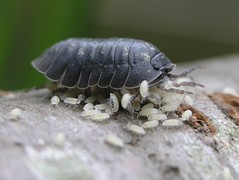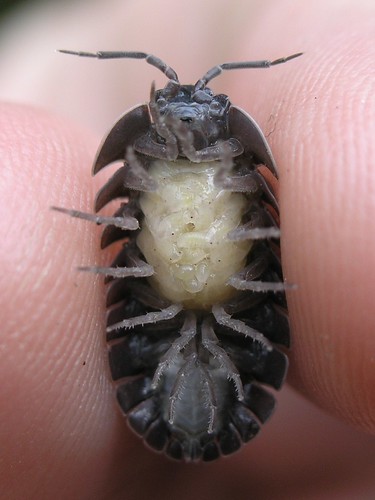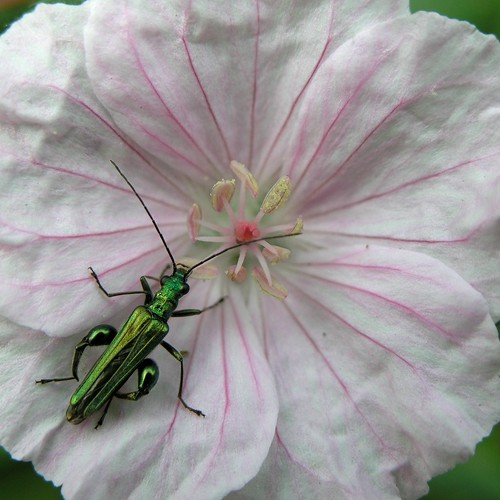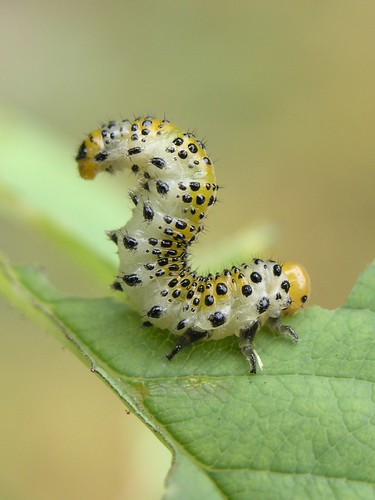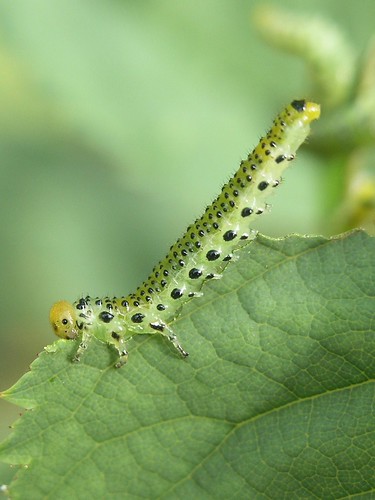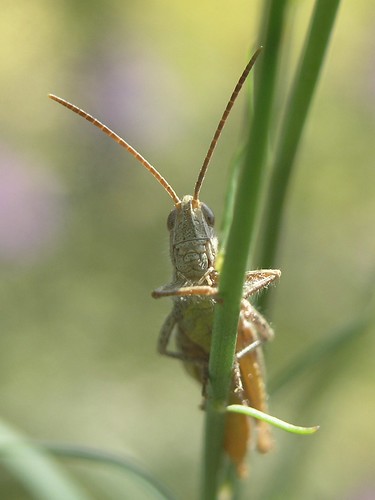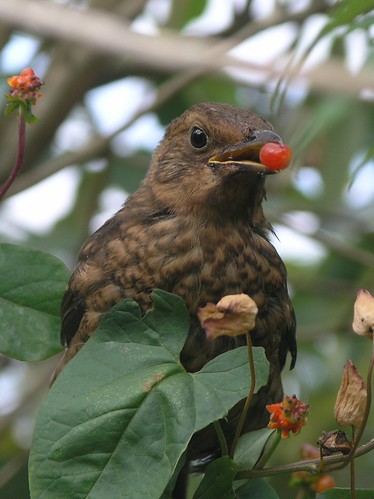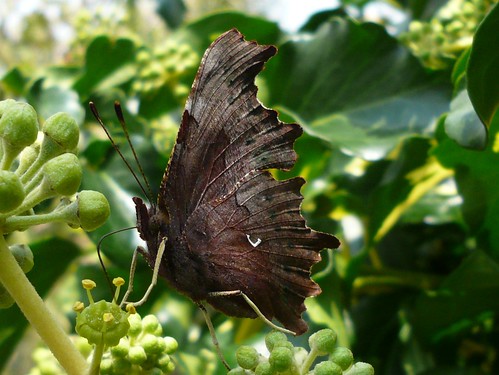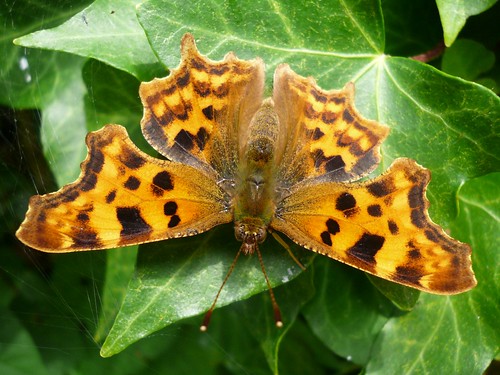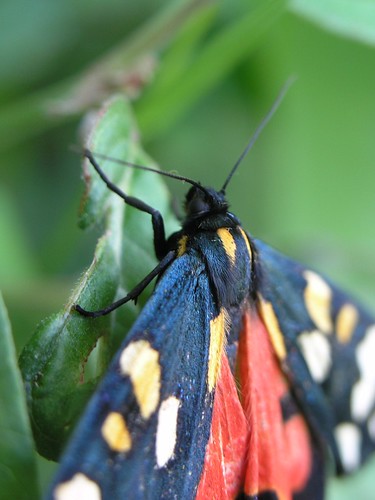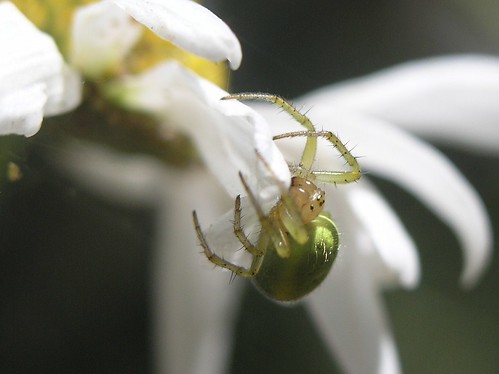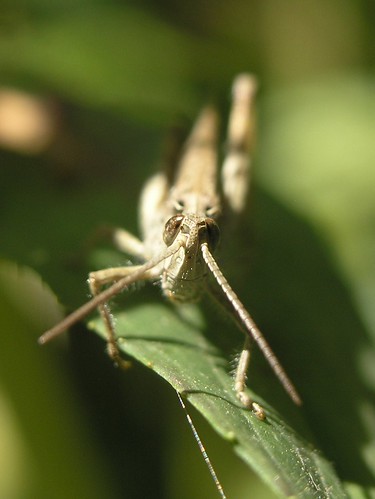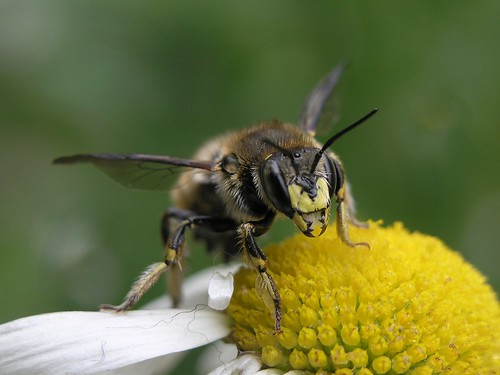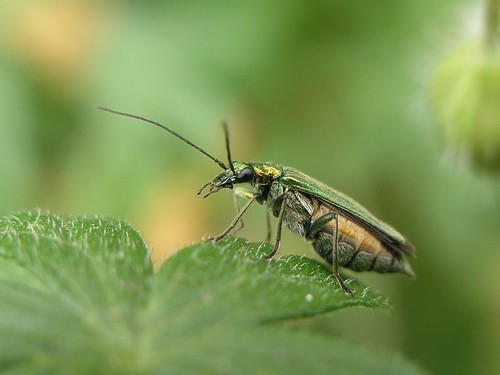Wood Mouse (Apodemus sylvaticus), originally uploaded by Pipsissiwa.
I was sitting taking some photographs of the pond the other day when I kept hearing rustling noises coming from the top of the low wooden wall along the side of the garden. I couldn't see anything obvious, so I assumed it was a small bird or something in next-door's garden.
As I was preparing to go back indoors, I just happened to be looking at the right spot as something fast and brown disappeared into the tangled Sedum stems growing over the wall. A few minutes of watching and I discovered that it was a beautiful, huge eyed Wood Mouse, making repeated trips along the wall under the ivy to gather nesting material.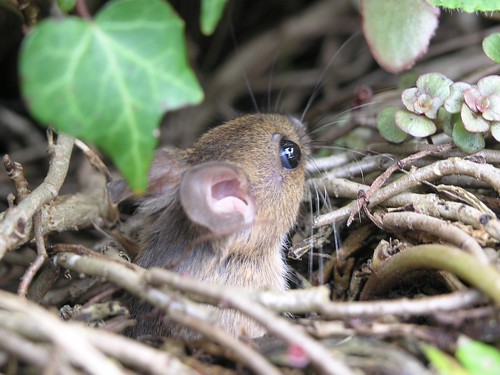 I crept closer and with a hefty dose of patience, luck and muscle cramp I got a few photos and this awesome piece of video. I quickly realised that the mouse was way too fast to get many decent pictures in the dark corner where it was emerging. A sudden flash of inspiration lead me to record this short video of the mouse cautiously emerging from the hole.
I crept closer and with a hefty dose of patience, luck and muscle cramp I got a few photos and this awesome piece of video. I quickly realised that the mouse was way too fast to get many decent pictures in the dark corner where it was emerging. A sudden flash of inspiration lead me to record this short video of the mouse cautiously emerging from the hole.
The mouse is easily identified as a Wood Mouse, with the ginger-red fur, white belly and insanely huge black eyes. Cute as a button.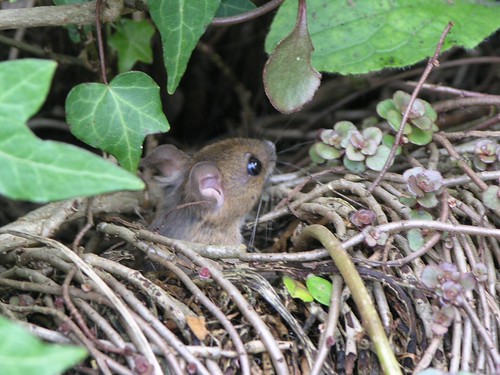 I am thrilled that a wild mammal has set up home in my garden, and that I know about it. We have the occasional visiting fox, which is truly wonderful, but not the same as a resident. I wouldn't be surprised if there are other mammals living in my garden, but I've never seen them or seen evidence of them, making this one very special indeed.
I am thrilled that a wild mammal has set up home in my garden, and that I know about it. We have the occasional visiting fox, which is truly wonderful, but not the same as a resident. I wouldn't be surprised if there are other mammals living in my garden, but I've never seen them or seen evidence of them, making this one very special indeed.
